Extensive Experience
With years of industry experience, we has built a solid reputation for delivering top-notch products and exceptional customer service. Our team consists of highly skilled professionals who understand the complexities of different industries and can provide expert advice and guidance.
Exceptional Quality
We source our materials from trusted suppliers and subject them to rigorous quality control checks. This ensures that our flanges are durable, reliable, and able to withstand the most demanding conditions.
Customization Options
We understand that every project is unique, and sometimes, standard flanges may not meet your specific requirements. That's why we offer customization options to tailor our products to your exact needs. Our skilled engineers can work closely with you to develop custom flanges that fit perfectly into your application.
Competitive Pricing
We strive to offer competitive pricing without compromising on the quality of our products. Our cost-effective solutions ensure that you get the best value for your investment.
A DIN flange is a type of flange that conforms to the German standard DIN (Deutsche Industrie Norm). DIN flanges are used in various industrial applications for connecting pipes, valves, pumps, and other equipment. They are characterized by their metric dimensions and bolt-hole patterns, which differ from other flange standards such as ANSI or ASME.
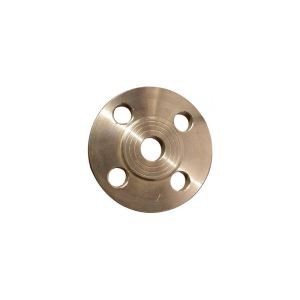

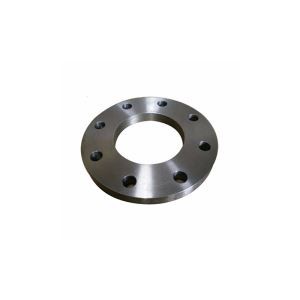
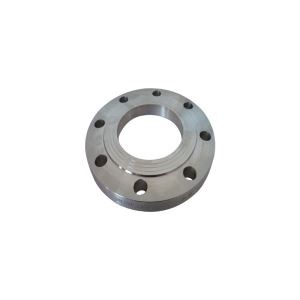
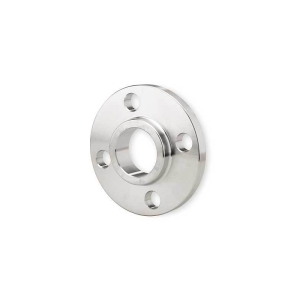
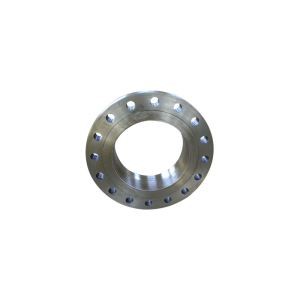
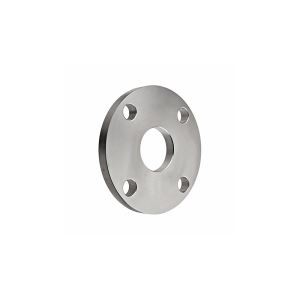
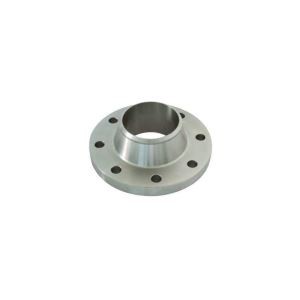

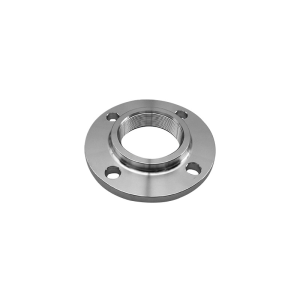
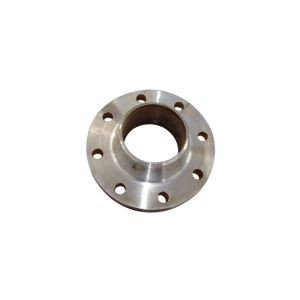
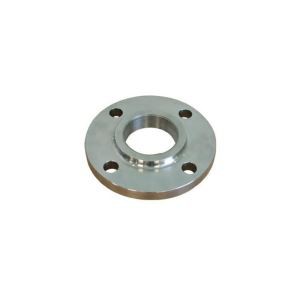
High level of compatibility
DIN flanges are known for their high level of compatibility. These flanges are designed to meet specific standards, ensuring that they can be easily connected to various piping systems and equipment. This compatibility allows for quick and efficient installation, saving time and effort during the assembly process.
Robust construction
Secondly, DIN flanges offer excellent reliability. Their robust construction and precise dimensions make them highly durable, capable of withstanding high-pressure and high-temperature conditions. This reliability ensures that DIN flanges can be used in demanding industries, such as oil and gas, chemical, and power generation, where failure is not an option.
Versatility
Another significant benefit of DIN flanges is their versatility. These flanges come in a wide range of sizes, materials, and pressure ratings, allowing for flexibility in design and application. Whether it's a small diameter or a large diameter, DIN flanges can be found to suit the specific requirements of any project.
Leak free connection
Furthermore, DIN flanges provide a secure and leak-free connection. The standardized dimensions and tight seals of these flanges ensure that there are no leakages or losses in fluid or gas flow. This feature is particularly crucial for industries that deal with hazardous substances, as it helps maintain safety and prevents any environmental or health risks.
Cost saving benefits
In addition to their technical advantages, DIN flanges also offer cost-saving benefits. Given their compatibility and ease of installation, these flanges help reduce labor costs and minimize downtime during maintenance or repairs. Furthermore, their durability ensures a longer service life, resulting in fewer replacements and associated expenses.
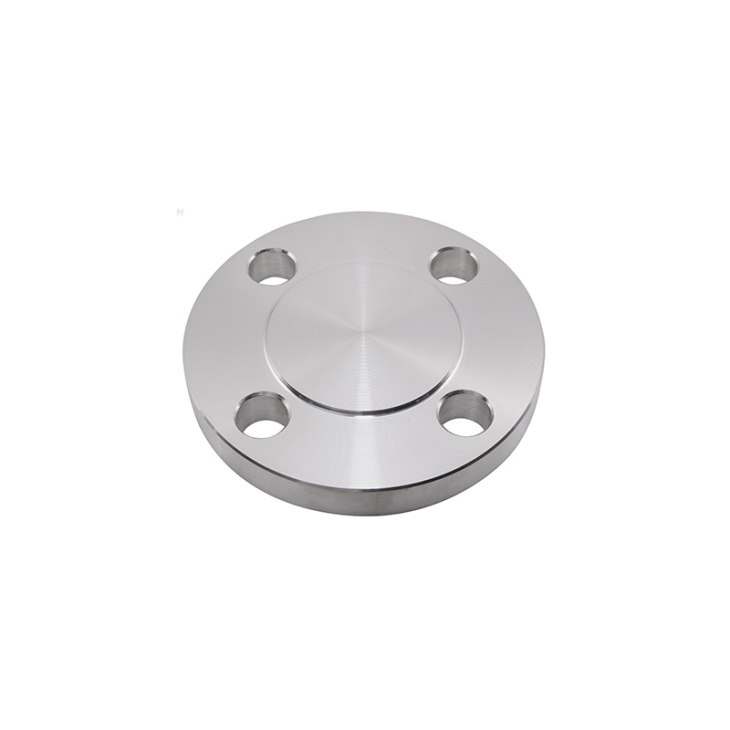
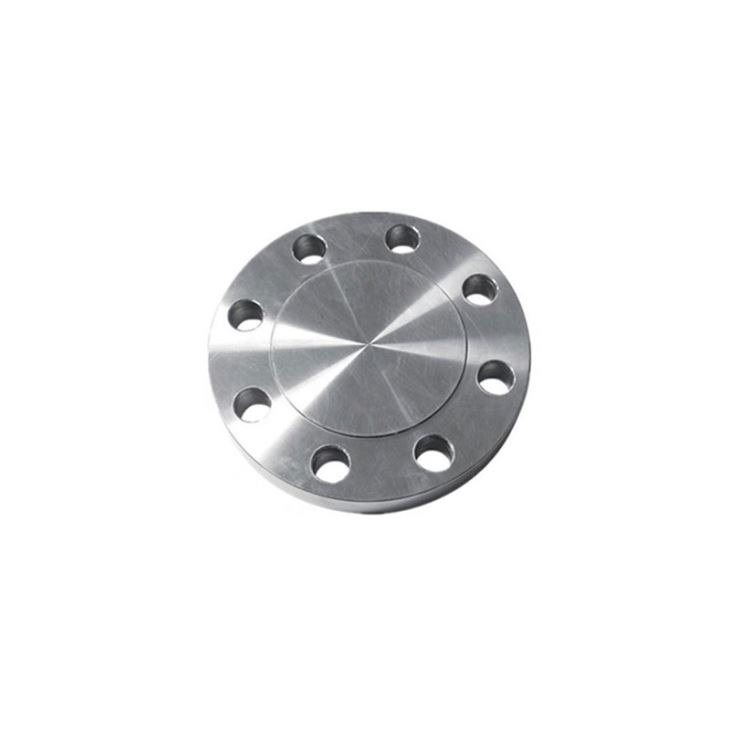
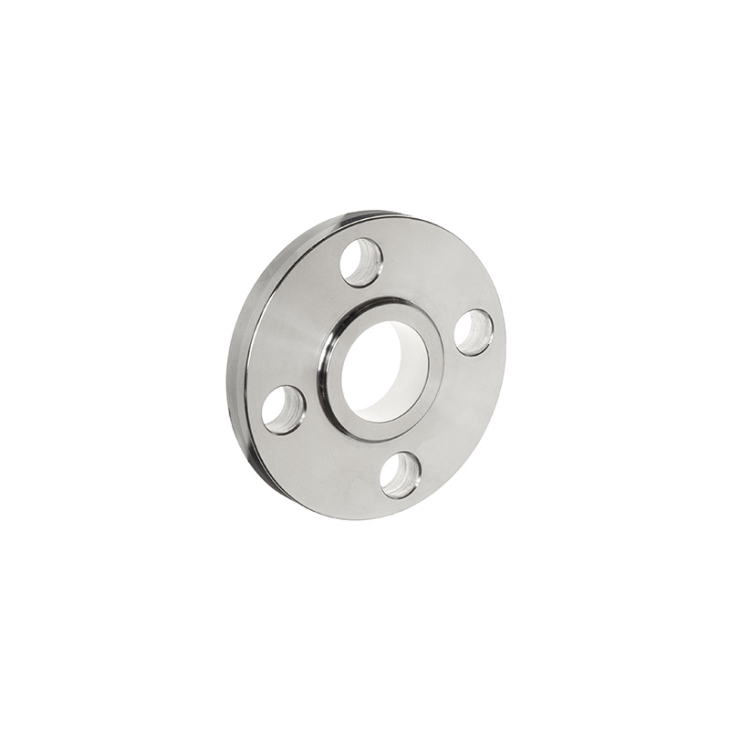
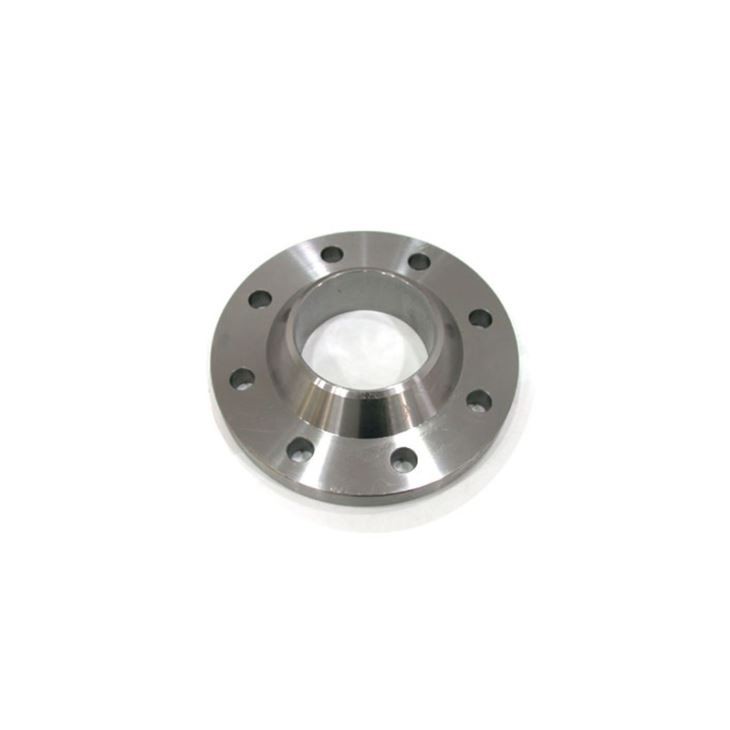
DIN Weld Neck Flanges: This type of flange is commonly used in high-pressure and high-temperature applications. The weld neck flange has a long neck that provides reinforcement and facilitates easy welding to the pipe. It ensures a strong and leak-proof connection.
DIN Slip-On Flanges: Slip-on flanges are easy to install and are suitable for low-pressure applications. They slide over the pipe and are secured with fillet welding. These flanges are cost-effective and commonly used when frequent dismantling is required.
DIN Blind Flanges: Blind flanges are used to close the end of a pipe system. They are commonly used when the end of the pipe needs to be sealed off, blocked, or inspected. These flanges are non-dismantleable and do not have a center hole. They are usually used for pressure testing during installation.
DIN Threaded Flanges: Threaded flanges have internal threads that enable them to be screwed onto pipes with external threads. These flanges are often used in low-pressure applications and are commonly found in plumbing systems.
DIN Socket Weld Flanges: Socket weld flanges have a socket or recess that the pipe fits into. They are welded around the outside perimeter of the pipe and provide good strength and integrity. Socket weld flanges are widely used in small-bore piping systems with high pressure and temperature conditions.
DIN Lap Joint Flanges: Lap joint flanges consist of two components – a stub end that is welded to the pipe and a loose flange that slides over the pipe and stub end assembly. These flanges allow for easy alignment and quick dismantling, making them suitable for systems requiring regular maintenance.
DIN Orifice Flanges: Orifice flanges are used in flow measurement applications. They have specifically designed orifice plates or orifice unions that are installed between the flanges. These flanges allow for precise measurement of flow rate and pressure drop.
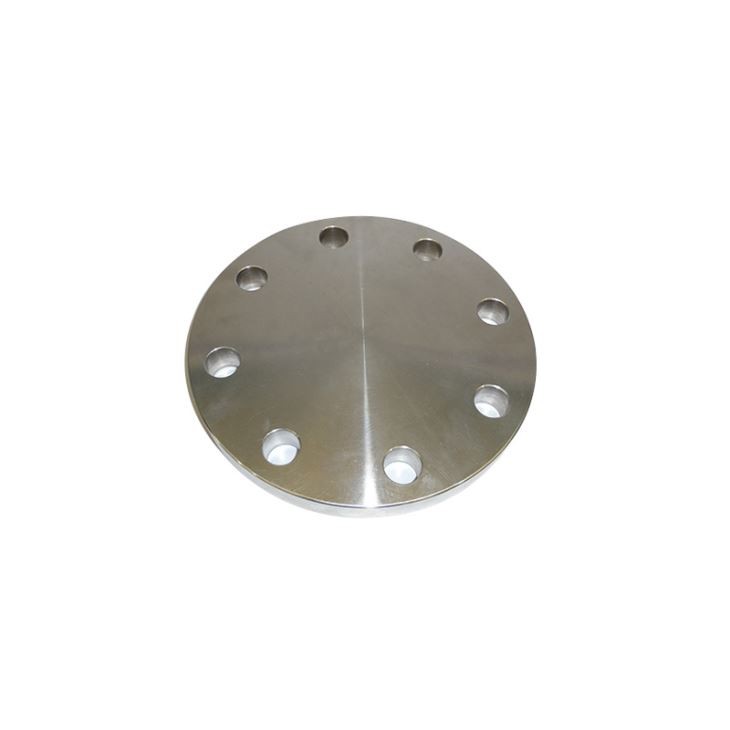
Stainless Steel DIN Flanges: ASTM A 182, A 240 F 304, 304L, 304H, 316, 316L, 316Ti, 310, 310S, 321, 321H, 317, 347, 347H,904L
Duplex Steel DIN Flanges: ASTM / ASME A/SA 182 F 44, F 45, F51, F 53, F 55, F 60, F 61
Super Duplex DIN Flanges: ASTM / ASME A/SA 182 F 44, F 45, F51, F 53, F 55, F 60, F 61
Nickel Alloys DIN Flanges: ASTM SB564, SB160, SB472, SB162 – Nickel 200 (UNS No. N02200), Nickel 201 (UNS No. N02201), Monel 400 (UNS No. N04400), Monel 500 (UNS No. N05500), Inconel 800 (UNS No. N08800), Inconel 825 (UNS No. N08825), Inconel 600 (UNS No. N06600), Inconel 625 (UNS No. N06625), Inconel 601 (UNS No. N06601), Hastelloy C 276 (UNS No. N10276), Alloy 20 (UNS No. N08020)
Copper Alloys DIN Flanges: ASTM SB 61 , SB62 , SB151 , SB152 – UNS No. C 70600 (Cu-Ni 90/10), C 71500 (Cu-Ni 70/30), UNS No. C 10100, 10200, 10300, 10800, 12000, 12200
Alloys DIN Flanges: ALLOY 20, ALLOY C, ALLOY C276, ALLOY B2
Low Temperature Steel DIN Flanges: ASTM A350 LF2, LF3, LF6
High Yield DIN Flanges: ASTM A694 F42, F52, F60, F65, F70
Carbon Steel DIN Flanges: ASTM / ASME A/SA 105 ASTM / ASME A 350 , ASTM A 181 LF 2 / A516 Gr.70 A36, A694 F42, F46, F52, F60, F65, F706
Alloy Steel DIN Flanges: ASTM / ASME A/SA 182 & A 387 F1, F5, F9, F11, F12, F22, F91
One of the primary applications of DIN flanges is in the oil and gas industry. They are used for connecting pipelines carrying oil, gas, and other fluids. These flanges can withstand high pressures and temperatures, making them ideal for this industry. They ensure a secure and leak-free connection, minimizing the risk of accidents and ensuring smooth operation.
Another major application of DIN flanges is in the chemical industry. Chemical plants often deal with corrosive fluids and gases, which require secure and leak-proof connections. DIN flanges are made from materials such as stainless steel, carbon steel, and alloy steel, which provide excellent resistance to corrosion. This makes them suitable for connecting pipes and equipment in chemical processing plants.
DIN flanges are also extensively used in the water treatment industry. Water treatment plants require robust connections to handle large volumes of water and various treatment processes. These flanges provide a reliable connection and can withstand the forces exerted by water pressure. They ensure the efficient and safe transportation of water throughout the treatment process.
In the construction industry, DIN flanges find applications in heating, ventilation, and air conditioning (HVAC) systems. These flanges are used for connecting pipes that carry hot or cold fluids for heating or cooling purposes. DIN flanges ensure efficient heat transfer and prevent leakage, helping to maintain optimal indoor temperature and comfort.
DIN flanges play a significant role in the power generation industry. Power plants, including thermal, nuclear, and renewable energy plants, rely on a wide network of pipes for the transportation of steam, water, and other fluids. DIN flanges provide a secure and leak-free connection, ensuring the efficient operation of power generation systems.
Material Selection
The first step in manufacturing DIN flanges is the selection of suitable materials. Common materials used for DIN flanges include carbon steel, stainless steel, and alloy steel. The choice of material depends on the application and the type of fluid being transported.
Cutting and Shaping
Once the material is selected, it undergoes cutting and shaping processes to form the flange. This involves using specialized cutting tools and machinery to shape the material into the desired dimensions, considering the specific DIN standards.
Drilling Holes
After shaping, the flange undergoes the drilling process. Precision drilling machines are used to create holes at specific locations on the flange. These holes will later be used for bolting the flange onto other components.
Machining and Finishing
The flange then undergoes machining and finishing processes to ensure smooth surfaces and proper dimensions. This includes removing any rough edges or burs, as well as applying protective coatings to enhance corrosion resistance.
Marking and Identification
To comply with DIN standards, each flange must be properly marked and identified. This involves stamping or engraving important information such as flange size, material grade, DIN standard, and manufacturer's logo on the flange surface.
Quality Control
Throughout the manufacturing process, strict quality control measures are implemented to ensure the flanges meet the required specifications. This includes dimensional inspections, material testing, and pressure testing to verify the flange's strength and integrity.
Packaging and Shipping
Once the DIN flanges pass the quality control checks, they are carefully packaged to prevent any damage during transportation. They are usually shipped in crates or pallets, with appropriate labeling to ensure easy identification.
Flange Face
The flange face is the surface of the flange where the gasket sits. There are different types of flange faces, including raised face (RF), flat face (FF), and ring-type joint (RTJ). The selection of the flange face depends on the application requirements and the type of gasket used.
Bolt Circle
The bolt circle refers to the pattern of bolt holes on the flange. These holes allow the flanges to be bolted together, creating a secure connection. The bolt circle diameter determines the size and number of bolts required for installation.
Flange Ring
The flange ring is the outer circumference of the flange that provides additional strength and support. It helps to distribute the load evenly across the flange face and ensures a tight seal between flanges
Hub
The hub of the DIN flange is the central portion that extends from the flange face. It acts as a connecting point for pipes or equipment. The hub diameter corresponds to the size of the pipe it connects to.
Raised Face
The raised face is a small ridge located on the flange face. It serves as a seating surface for the gasket and helps to create a tight seal between the flanges. The height of the raised face is standardized according to DIN specifications.
Gasket
The gasket is a crucial component of DIN flanges as it provides a seal between the mating flange faces. DIN flanges typically use flat gaskets, which are placed between the flange faces to prevent leakage. Different materials, such as rubber, PTFE, or metal, can be used depending on the application requirements.
Bolts and Nuts
Bolts and nuts are used to join the flanges together. DIN flanges come with pre-drilled bolt holes, and the number and size of bolts required depend on the flange size and pressure rating. It is essential to use the appropriate bolt material and torque specifications to ensure a secure connection.
Flange Marking
DIN flanges often have markings or labels that provide information about their size, pressure rating, material, and other relevant details. These markings help in proper identification and selection of flanges during installation or maintenance.
Preparation
Before installing DIN flanges, it is important to gather all the necessary components, including flanges, gaskets, bolts, and nuts. Ensure that the flanges are of the correct size and material for the specific application.
Surface Preparation
Clean the mating surfaces of the pipes and flanges thoroughly to remove any dirt, grease, or debris. This step is crucial for achieving a proper seal and preventing leakage.
Gasket Placement
Place a gasket between the mating surfaces of the two flanges. The gasket provides a seal that prevents fluid or gas leakage. Make sure the gasket is aligned properly and centered on the pipe.
Alignment
Align the bolt holes of the flanges by rotating them until they are in the correct position for bolting. This step ensures that the flanges will sit flush against each other when bolted together.
Bolt Insertion
Insert the bolts into the aligned holes of the flanges, making sure they pass through both flanges. The number and size of bolts required depend on the flange size and pressure rating.
Bolt Fastening
Tighten the bolts evenly and gradually using a cross-pattern sequence. This method ensures uniform and equal pressure distribution, resulting in a secure and reliable connection. Torque the bolts according to the recommended specifications provided by the manufacturer.
Inspection
After tightening the bolts, visually inspect the flange connection to ensure there are no gaps or misalignments. Check for any signs of leakage or damage.
Testing
To verify the integrity of the installation, conduct a pressure test or leak test as per industry standards. This step is essential for identifying any potential leaks or weaknesses in the flange connection.
Maintenance
Regularly inspect the flange connection for signs of wear, corrosion, or damage. Replace gaskets if necessary and retighten bolts if they become loose over time. Proper maintenance prolongs the lifespan of the flange and ensures its optimal performance.
Maintenance Tips for DIN Flanges
Regular Inspections: Performing regular inspections of DIN flanges is crucial to identify any signs of wear, deterioration, or leakage. Inspect the flange surfaces, gaskets, bolts, and nuts for any visible damage or corrosion. If any issues are detected, prompt action should be taken to address them.
Cleaning: Proper cleaning of DIN flanges is important to remove dirt, debris, and any residue that may hinder their functionality. Use a suitable cleaning solution and soft cloth to clean the flange surfaces. Avoid using abrasive materials or harsh chemicals that can cause damage. Ensure the flanges are completely dry before reassembling them.
Lubrication: Lubricating the bolts and nuts of DIN flanges with a compatible lubricant can help prevent corrosion and ensure easier installation and disassembly. Apply a thin layer of lubricant on the threaded parts to reduce friction during operation.
Tightening: Over time, the bolts holding the DIN flanges may loosen due to vibrations or thermal expansion. Regularly check the bolt tightness and retighten them if necessary. However, be cautious not to overtighten as it can cause gasket deformation or flange damage. Follow the manufacturer's guidelines for the correct torque values.
Gasket Replacement: The gasket is a vital component of DIN flanges that creates a seal between the flange faces. If the gasket shows signs of wear, aging, or damage, it should be replaced immediately. Avoid reusing old gaskets as they can lead to leaks or inefficiencies.
Protection from External Factors: DIN flanges should be protected from external factors that can cause damage or contamination. This includes protecting them from extreme temperatures, corrosive chemicals, moisture, and physical impacts. Consider installing protective covers or guards when necessary.
Training and Expert Support: Ensure that personnel responsible for maintaining DIN flanges are adequately trained in the correct procedures. Regularly refresh their knowledge and provide them with access to expert support when needed. This will help ensure that maintenance tasks are carried out correctly and prevent any avoidable mistakes.
EO flange co.,Ltd. established in 1991 and in charge of commercial area with more than 20 years' experience in manufacturing, stocking, processing and exporting flanges. Our company annually produces 5,000 tons of finished flanges and pipe fittings made from stainless steel, carbon steel, alloy steel, dual-phase steel and many other materials. The products have been exported to 28 countries and areas, such as Japan, America, France, Germany, Italy, etc. With self-run import & export right, the company is capable of directly taking foreign customers' orders, producing standard flanges in accordance with ANSI, DIN, ASME and GOST domestic and international standards, and producing ring-type forgings, non-standard flanges and pipe fittings according to customers' drawings or samples.

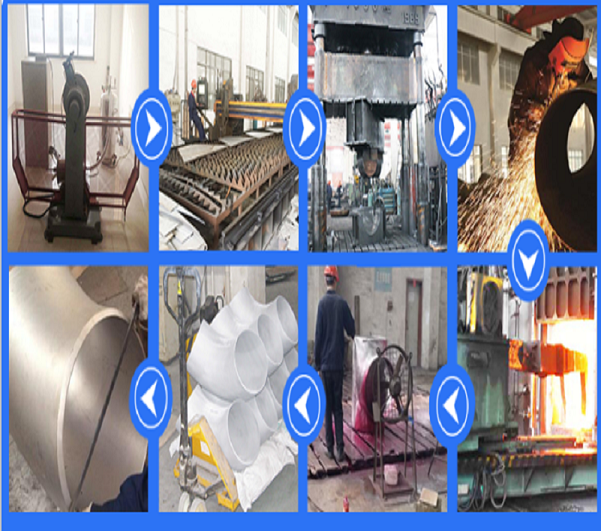
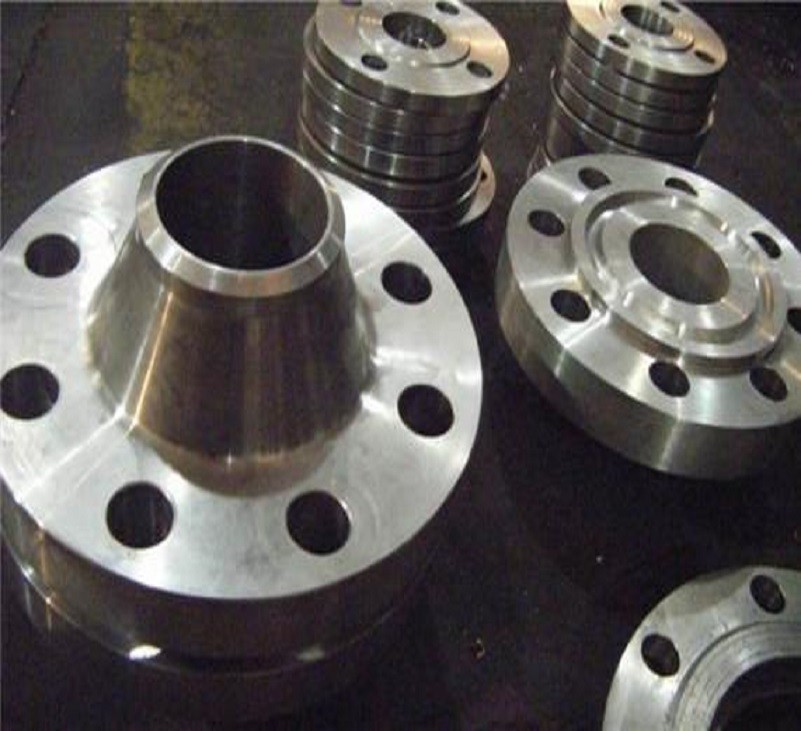
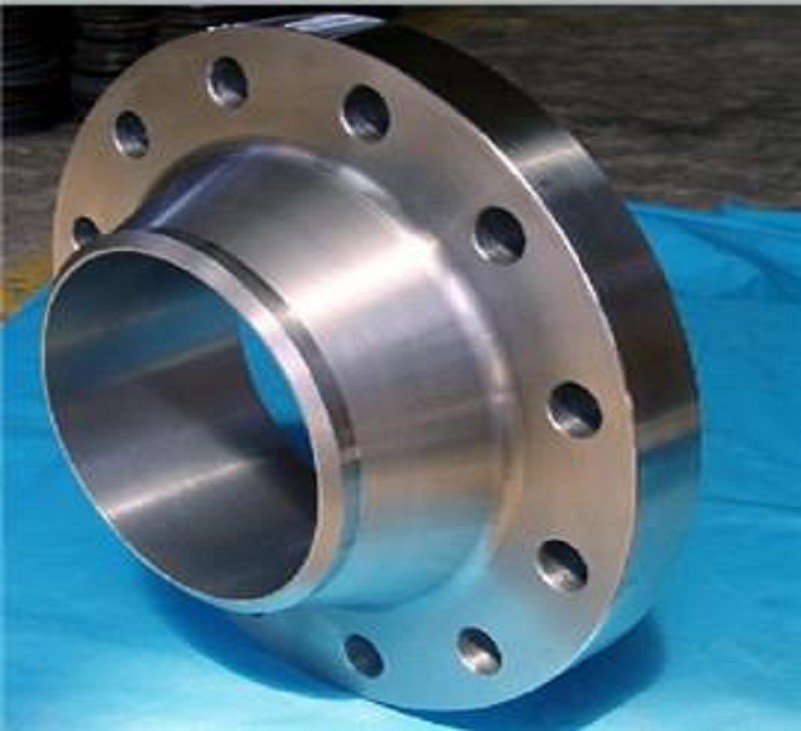

Q: What is DIN standard for flanges?
Q: What is the difference between DIN flanges and ANSI flanges?
Q: What materials are used in DIN flanges?
Q: What is the DIN standard pressure rating?
Q: How do I know what class my flange is?
Q: How are DIN flanges different from other flanges?
Q: What are the common materials used for DIN flanges?
Q: What are the different types of DIN flanges?
Q: Are DIN flanges suitable for high-pressure applications?
Q: Can DIN flanges be used in different industries?
Q: Are DIN flanges compatible with other flange standards?
Q: What is the purpose of DIN flange gaskets?
Q: Can DIN flanges be used for both piping and equipment connections?
Q: What is the standard procedure for installing DIN flanges?
Q: Can DIN flanges be customized?
Q: How can I identify the correct DIN flange for my application?
Q: Are DIN flanges subject to quality control standards?
Q: Can DIN flanges be reused?
Q: Do DIN flanges require regular maintenance?
Q: Can DIN flanges be used for both low and high-temperature applications?